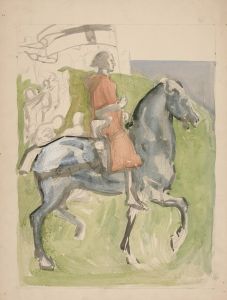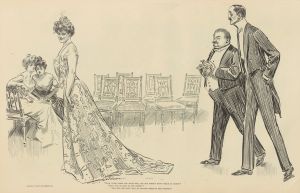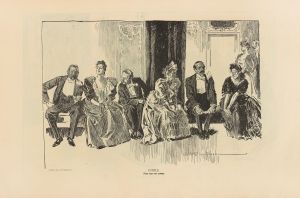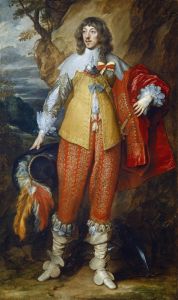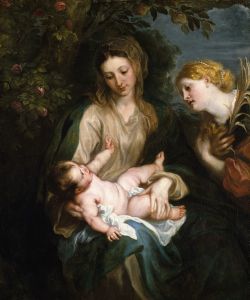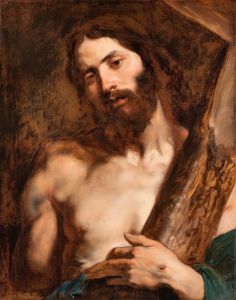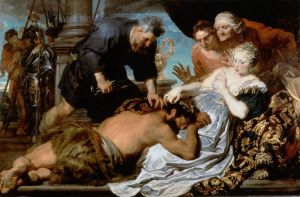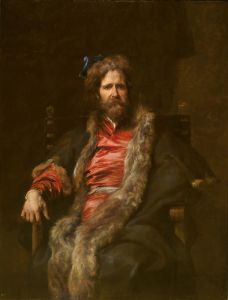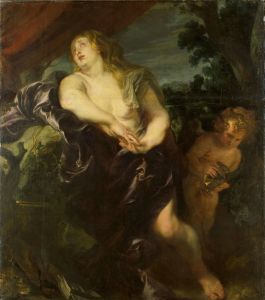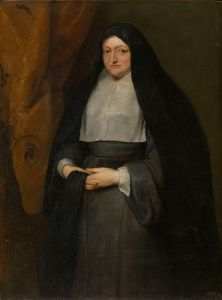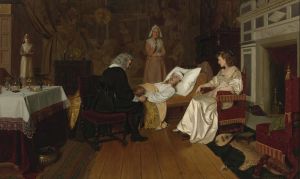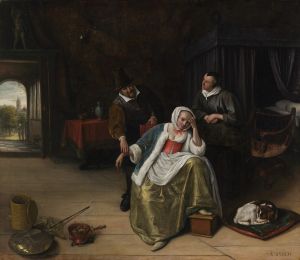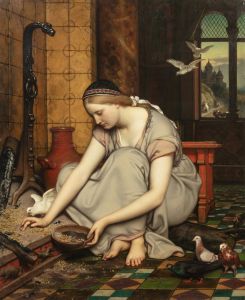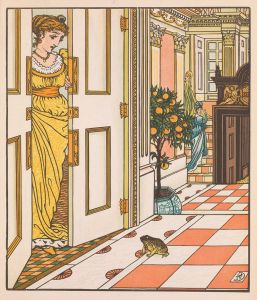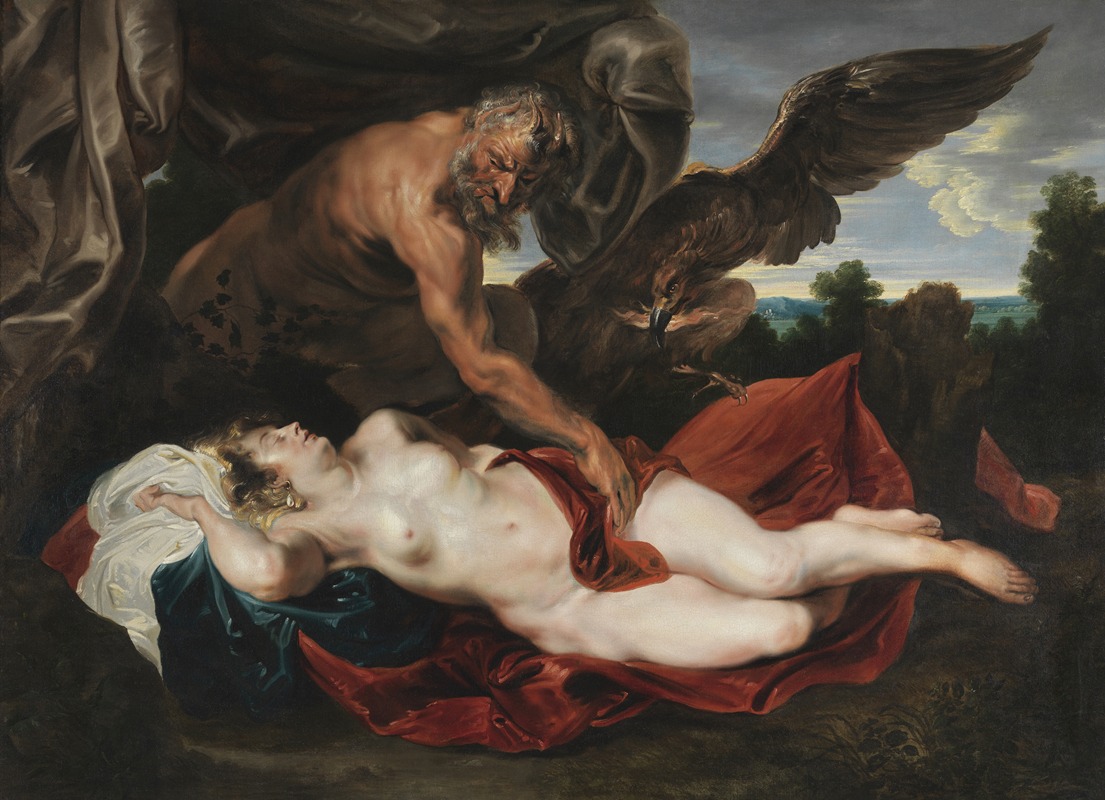
Jupiter and Antiope
A hand-painted replica of Anthony van Dyck’s masterpiece Jupiter and Antiope, meticulously crafted by professional artists to capture the true essence of the original. Each piece is created with museum-quality canvas and rare mineral pigments, carefully painted by experienced artists with delicate brushstrokes and rich, layered colors to perfectly recreate the texture of the original artwork. Unlike machine-printed reproductions, this hand-painted version brings the painting to life, infused with the artist’s emotions and skill in every stroke. Whether for personal collection or home decoration, it instantly elevates the artistic atmosphere of any space.
Anthony van Dyck's Jupiter and Antiope is a painting attributed to the renowned Flemish Baroque artist Anthony van Dyck (1599–1641). Van Dyck, a prominent student of Peter Paul Rubens, is celebrated for his portraits and religious and mythological works, which often exhibit a refined elegance and dramatic use of light and shadow.
The painting depicts the mythological story of Jupiter and Antiope, a narrative derived from classical mythology. According to the myth, Jupiter, the king of the gods in Roman mythology (equivalent to Zeus in Greek mythology), desired Antiope, a mortal woman known for her beauty. To approach her, Jupiter transformed himself into a satyr, a half-human, half-goat creature associated with lust and revelry. The painting captures the moment when Jupiter, in his satyr form, gazes upon the sleeping Antiope, emphasizing themes of desire, vulnerability, and divine intervention.
Van Dyck's interpretation of this mythological subject reflects the Baroque era's fascination with dramatic storytelling, sensuality, and the interplay of light and shadow. The composition is characterized by its dynamic arrangement and the contrast between Antiope's soft, luminous figure and the darker, more rugged form of Jupiter as the satyr. The artist's skillful use of chiaroscuro enhances the emotional intensity of the scene, drawing the viewer's attention to the central figures.
The exact date of the painting's creation is not definitively known, but it is generally believed to have been produced during Van Dyck's early career, possibly during his time in Antwerp or shortly after his travels to Italy. During this period, Van Dyck was heavily influenced by the works of Titian and other Venetian masters, which is evident in the sensuality and rich coloration of Jupiter and Antiope.
The painting is currently housed in the Museum of Fine Arts in Budapest, Hungary. It remains an important example of Van Dyck's mythological works and showcases his ability to blend classical themes with the dramatic and emotional intensity characteristic of the Baroque style.
As with many works from this period, the attribution to Van Dyck has been the subject of scholarly debate, but it is widely accepted as part of his oeuvre. The painting continues to be studied and appreciated for its artistic merit and its place within the broader context of 17th-century European art.





